Hello! Spring has come again this year and Sake Talk enters its fourth year. Spring means cherry blossom viewing. Please come and visit the Sake Museum, a museum of sake and sakura (cherry blossom trees). Last month, we introduced the shinshu bansen, so this month we will introduce the ownership and operation of tarukaisen cargo vessels by sake brewers in order to further deepen your understanding of them.
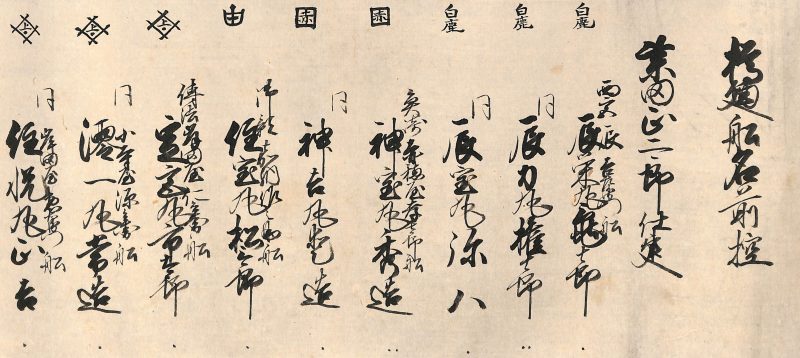
Historical documents from the end of the Edo period (1603-1868) shows many of the Tarukaisen cargo vessels were owned by Kamigata brewers. Tatsuya Kichizaemon in Nishinomiya also owned six vessels. However, even though they were owned, a single brewer did not bear the cost of building a single vessel. This was because the construction cost of a single vessel was extremely high and it could be destroyed in a single voyage, making it extremely risky. For this reason, several brewers invested in the construction of a vessel. In the case of the Tatsukichi-maru owned by Tatsuya Kichizaemon, he was responsible for 25% of the construction costs, seven major investors for 61% and 13 other investors for 14%. Tatsuya Kichizaemon, although the owner, only had to bear 1/4 of the construction costs, which shows that the hurdles to be an owner were considerably lower. The investors, on the other hand, were entitled to receive the freight income from the operation of the cask carrier in proportion to their share of the investment, and if the investor was a brewer, they made a special agreement that they could always load their cargo on the vessel.
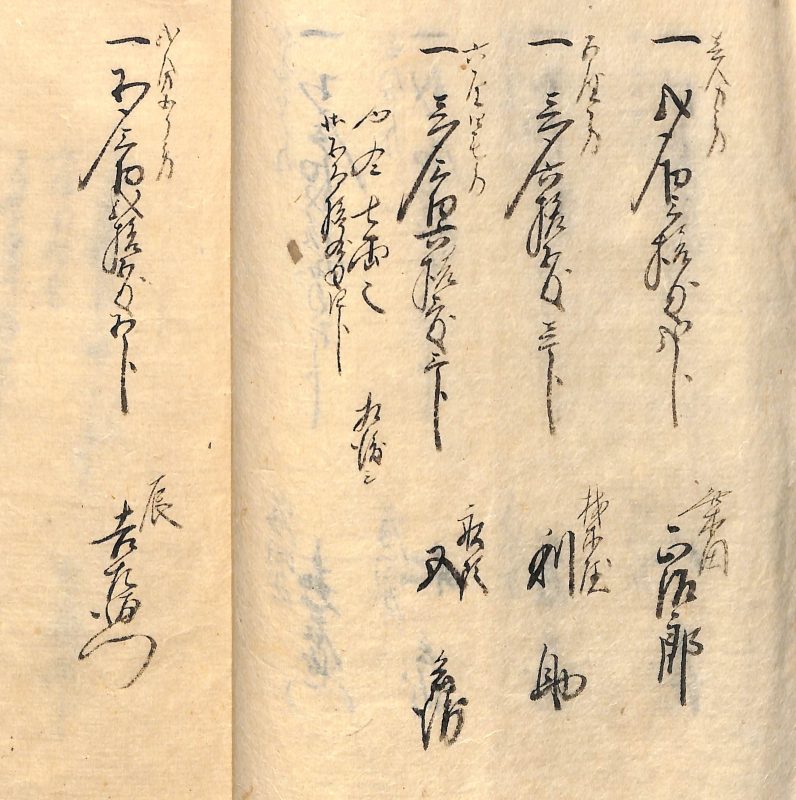
Let’s see the operation of Tarukaisen cargo vessels. In fact, even owned vessels, they were not free to load casks of sake. The loading and unloading of sake casks onto vessels was controlled by cask transport wholesalers with shops in Nishinomiya and Osaka, such as Denpo and Ajigawa river. In practice, the rule was that the management of each vessel was in principle entrusted to a sake wholesaler, for example, the vessels owned by Tatsuya Kichizaemon were managed by the sake wholesaler Shibata Shōjirō in Ajigawa, Osaka, for Tatsuyoshi-maru, Tatsuei-maru, Tatsuriki-maru and Tatsuho-maru, respectively. Kietsu-maru was managed by Kemaya Gorō, also in Osaka, and Tatsuetsu-maru was managed by Fujita Ihei, in Nishinomiya.
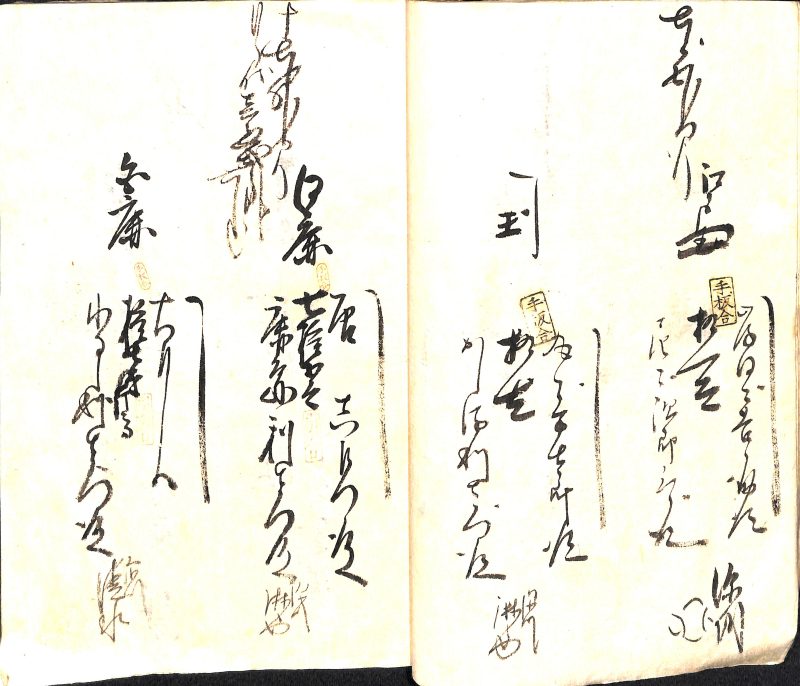
So how many different types of sake casks were loaded onto a single vessel? Let’s take the example of the Tatsuei-maru, which carried sake casks from Kamigata to Edo in September 1862. A total of 3,745 casks of sake (including sweet sake) from 70 sake brewers were loaded on the Tatsuei-maru. Tatsuya Kichizaemon, the owner of the cask carrier, had 265 casks of sake, or about 7% of the total, which is not that many. However, he loaded the largest number of sake barrels among the 70 owners.
Thus, although the number of casks loaded was set in consideration of the owners and investors, the number of casks was not excessive. In the same year, Tatsuya Kichizaemon transported over 7,000 barrels of sake to Edo in 32 separate shipments. This is thought to have been done in order to limit damage in the event of an accident and the loss of the cargo.
The next article will focus on accidents on the vessels. We look forward to seeing you again next time!


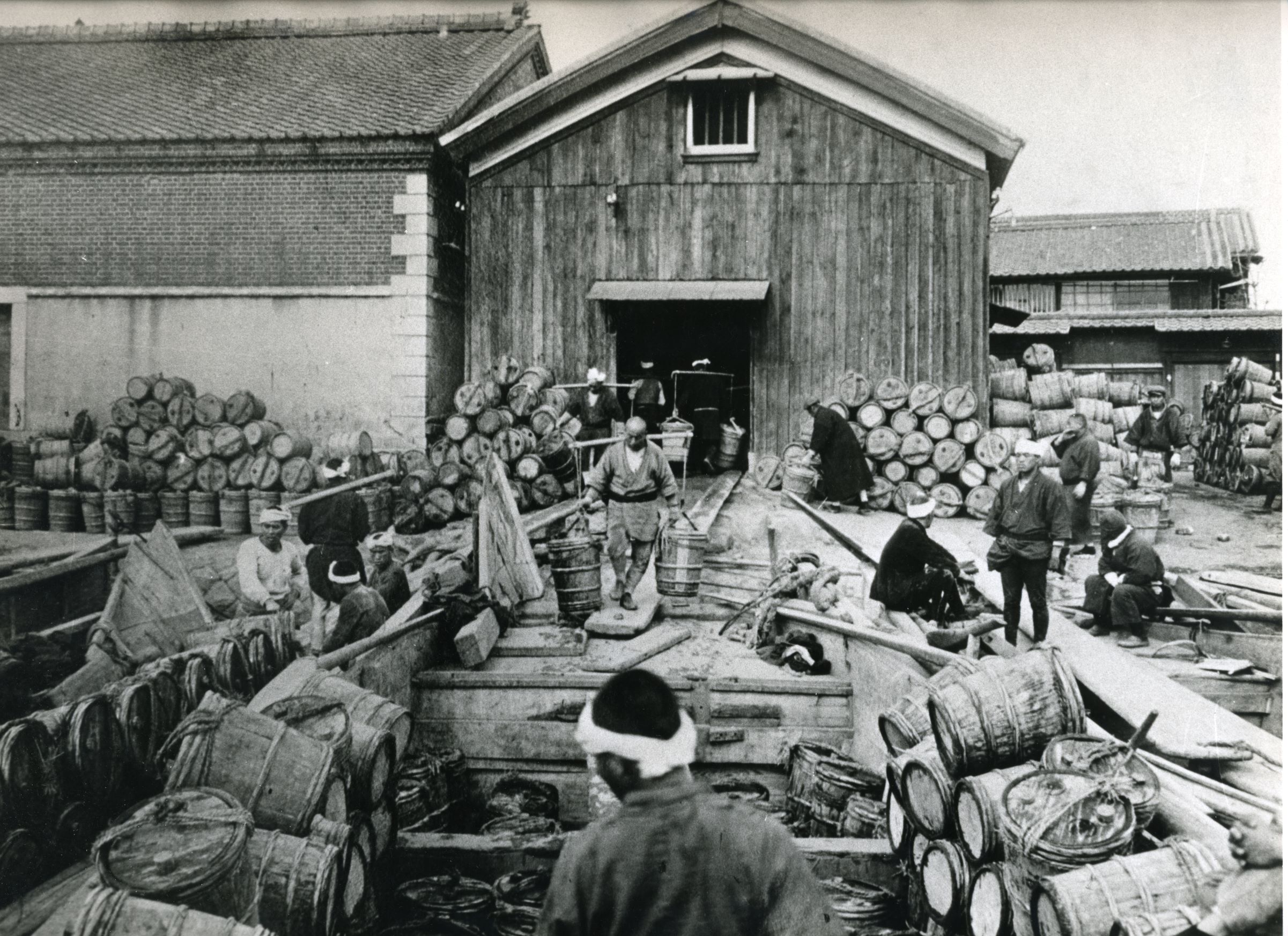
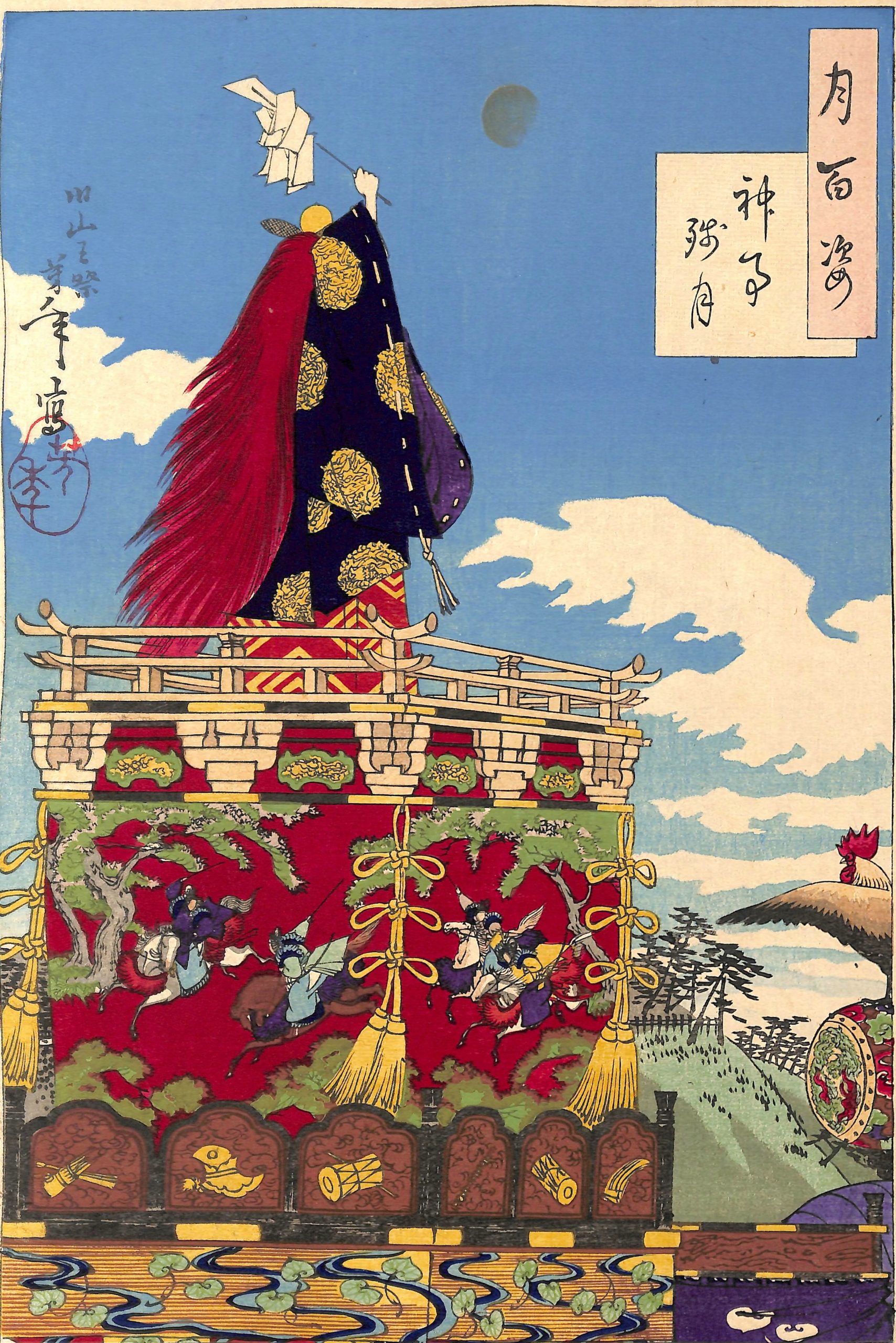
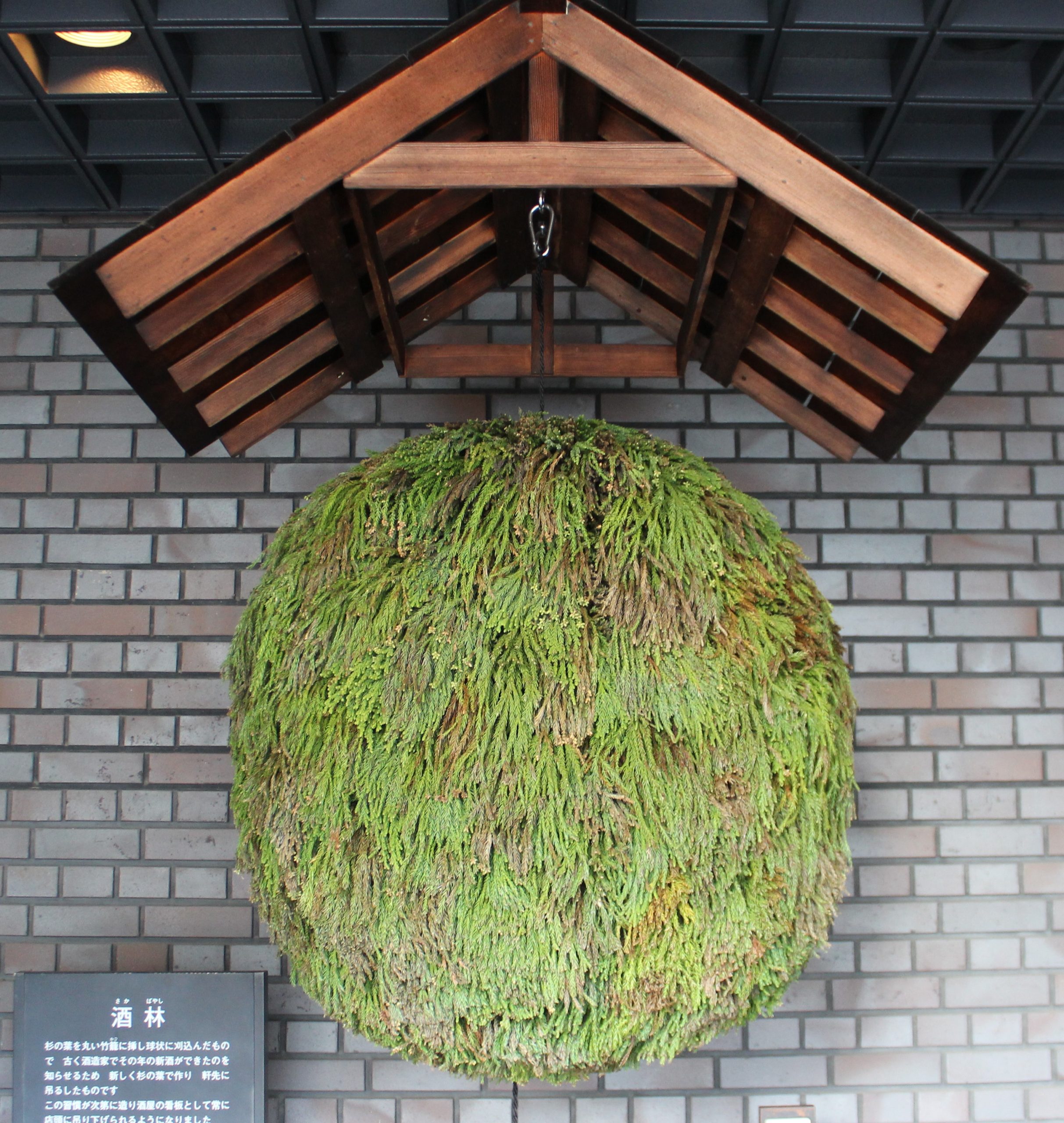


We “Nishinomiyans” are proud to present Miyamizu water!